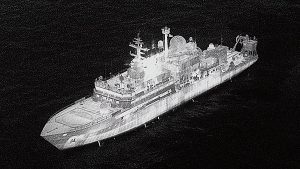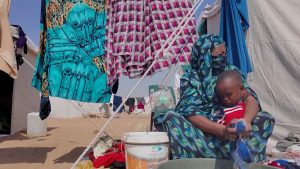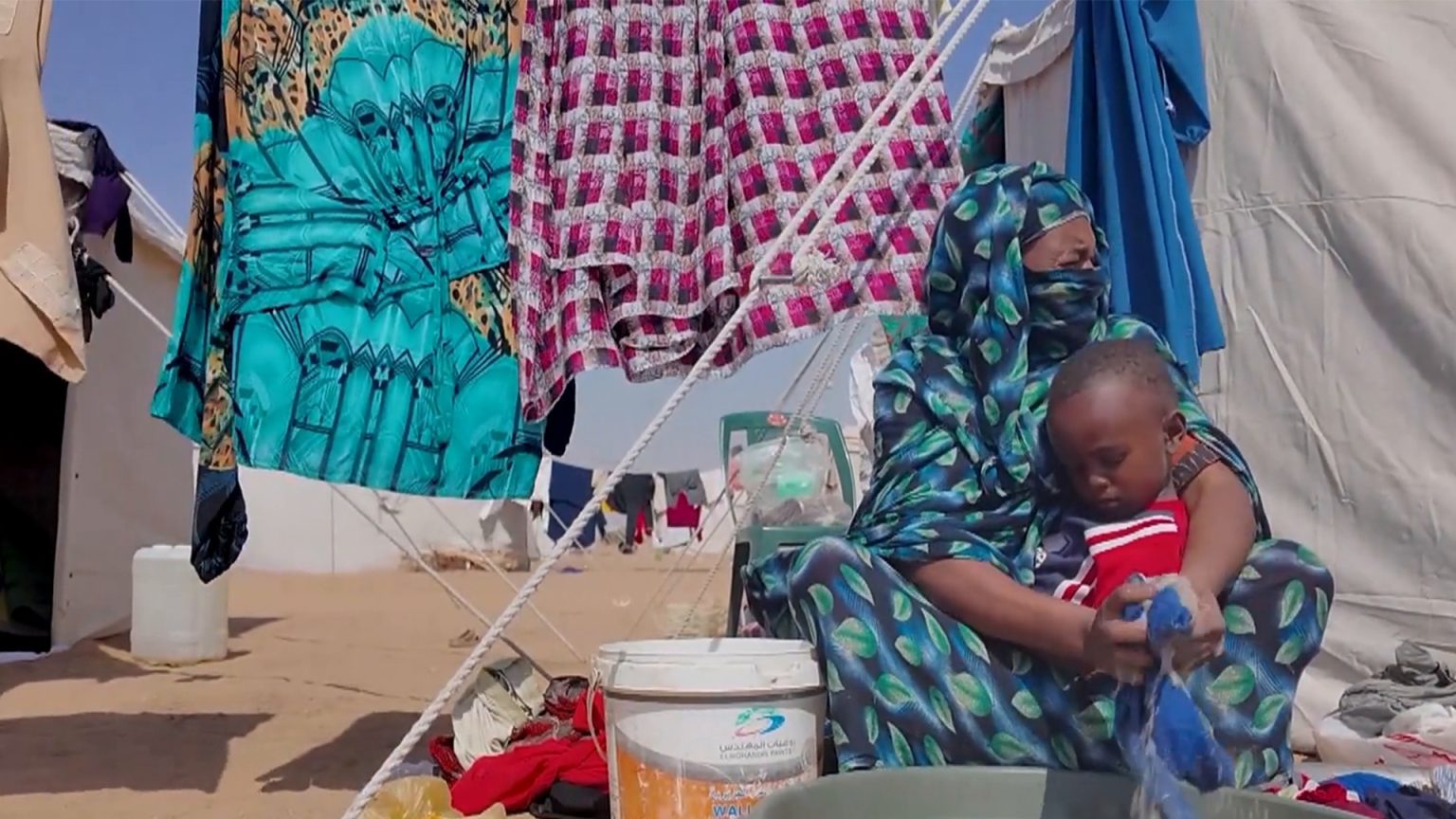The situation in Sudan remains dire, with ongoing conflict exacerbating an already critical humanitarian crisis. Recent developments, particularly the Sudanese army’s regaining control of Um Sayala locality in North Kordofan, represent a significant shift in the power dynamics and a tightening grip on the supply lines of the Rapid Support Forces (RSF). This article delves into the details of this strategic victory, its implications for the wider conflict, and the harrowing experiences of internally displaced persons (IDPs) seeking refuge from the violence. The focus will be on the Sudan conflict and its evolving landscape.
استعادة الجيش السوداني لمحلية أم سيالة: نقطة تحول في الصراع؟ (Sudanese Army Recaptures Um Sayala: A Turning Point in the Conflict?)
On November 17th, 2025 (updated November 18th, 2025, 12:43 Mecca time), the Sudanese army announced the successful recapture of Um Sayala locality, located north of South Kordofan state. Al Jazeera correspondent Hassan Rizaq, reporting from Omdurman, confirmed the development based on sources within the army. This isn’t just another territorial gain; it’s a strategically vital one, potentially surpassing the importance of previously contested areas like Um Dam Haj Hamad and Kazgil. The Sudan conflict is characterized by its fluidity, and this move demonstrates the army’s renewed offensive capabilities.
الأهمية الإستراتيجية لأم سيالة (The Strategic Importance of Um Sayala)
Um Sayala’s significance lies in its position along the primary supply routes for the RSF in North Kordofan. Roughly situated in the middle of this crucial corridor, controlling the locality effectively chokes off the flow of resources from RSF bases in the Darfur states. This disruption to logistics is expected to significantly hamper the RSF’s operational capacity in the region. The army’s advance is a clear indication of their intent to isolate and weaken the RSF’s presence in the Kordofan states.
تعزيزات الجيش وتصاعد المعارك في كردفان (Army Reinforcements and Escalating Battles in Kordofan)
The recapture of Um Sayala follows a period of sustained military reinforcements deployed by the Sudanese army to North Kordofan. These reinforcements have enabled the army to systematically regain control of key towns and cities. Recent reports detail the army’s acquisition of RSF vehicles and military equipment following clashes in Babnusa, a major city in West Kordofan. Furthermore, the army successfully repelled an RSF attack on the headquarters of the 22nd Brigade in Babnusa.
Babnusa holds particular importance as the last major stronghold of the army in West Kordofan, and its proximity to oil-producing fields and South Sudan’s oil refineries adds another layer of strategic concern to the Sudan conflict. The army’s determination to hold this ground is understandable given the potential economic ramifications of its loss.
محور الصراع ينتقل إلى كردفان: تداعيات السيطرة على دارفور (The Conflict’s Focus Shifts to Kordofan: Implications of Control over Darfur)
With the RSF consolidating its control over the five states of Darfur, the focus of the conflict is increasingly shifting to the three Kordofan states – North, South, and West. Analysts believe this is a natural progression, as the RSF now seeks to expand its influence beyond Darfur. This shift is expected to lead to a further escalation of military operations in Kordofan, as the RSF attempts to secure its newly acquired foothold. The situation is further complicated by the potential for external actors to become more involved in the Sudan conflict, seeking to protect their interests in the region.
مأساة النازحين: قصص من مخيم العفاض (The Tragedy of the Displaced: Stories from Al-Afadh Camp)
While the military situation unfolds, the humanitarian consequences of the conflict continue to mount. Internally displaced persons (IDPs) camps in North Sudan are overflowing with people fleeing the violence, facing dire conditions and untold suffering. The camp of Al-Afadh, east of Al-Dabba city, is now home to 1050 families displaced from North Darfur and Kordofan.
Kafah, a Sudanese woman, tragically gave birth to her daughter within the Al-Afadh camp, just days after her husband was killed before the fall of El Fasher. Her joy at the birth is overshadowed by the profound grief of losing her husband and the uncertainty of their future. Fatima, another IDP who arrived from El Fasher last month, recounts horrific experiences of abuse, including being flogged by seven RSF soldiers and having her possessions stolen while protecting her child. She is now receiving medical care at the Zamzam camp for her physical injuries. These accounts are sadly representative of the widespread atrocities being committed against civilians in the affected regions. The growing number of IDPs placing immense strain on already limited resources.
تحديات إنسانية متزايدة وأعداد النازحين (Increasing Humanitarian Challenges and the Number of Displaced)
According to Mohammed Refaat, Director of the International Organization for Migration (IOM) office in Sudan, over 90,000 displaced people have arrived from El Fasher and its surrounding areas. He anticipates a further influx into the camps in the near future, exacerbating the existing resource gap. The needs of these IDPs are immense, having endured incredibly difficult circumstances for over 18 months. Malnutrition and chronic diseases are rampant throughout the affected populations.
Local authorities in Al-Dabba are working to evacuate 90 transit centers and relocate the IDPs to Al-Afadh camp, despite the less-than-ideal conditions. The situation underscores the urgent need for increased international aid to address the escalating humanitarian crisis in Sudan.
The seizure of El Fasher by the RSF on October 26th, along with reports of massacres against civilians, highlights the brutal nature of the Sudan conflict and the desperate need for a resolution. The conflict, which erupted in April 2023, has already resulted in tens of thousands of deaths and the displacement of nearly 13 million people, making it one of the worst humanitarian crises in the world. Continued monitoring of the situation, coupled with a significant increase in humanitarian assistance, is essential to alleviate the suffering of the Sudanese people and work towards a lasting peace. Support organizations working on the ground and stay informed about ways to contribute to the relief effort.

















